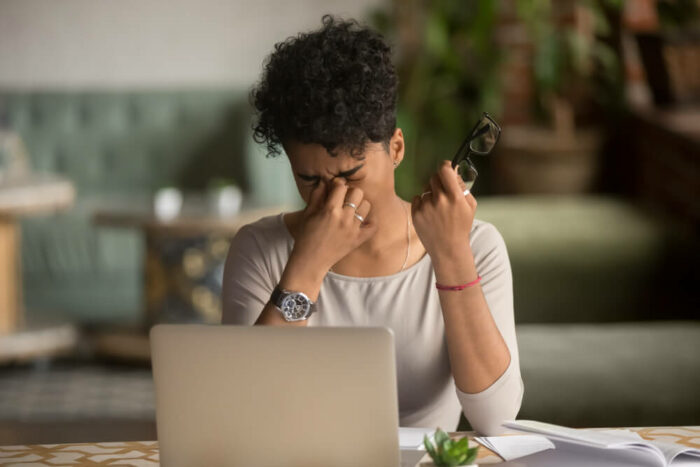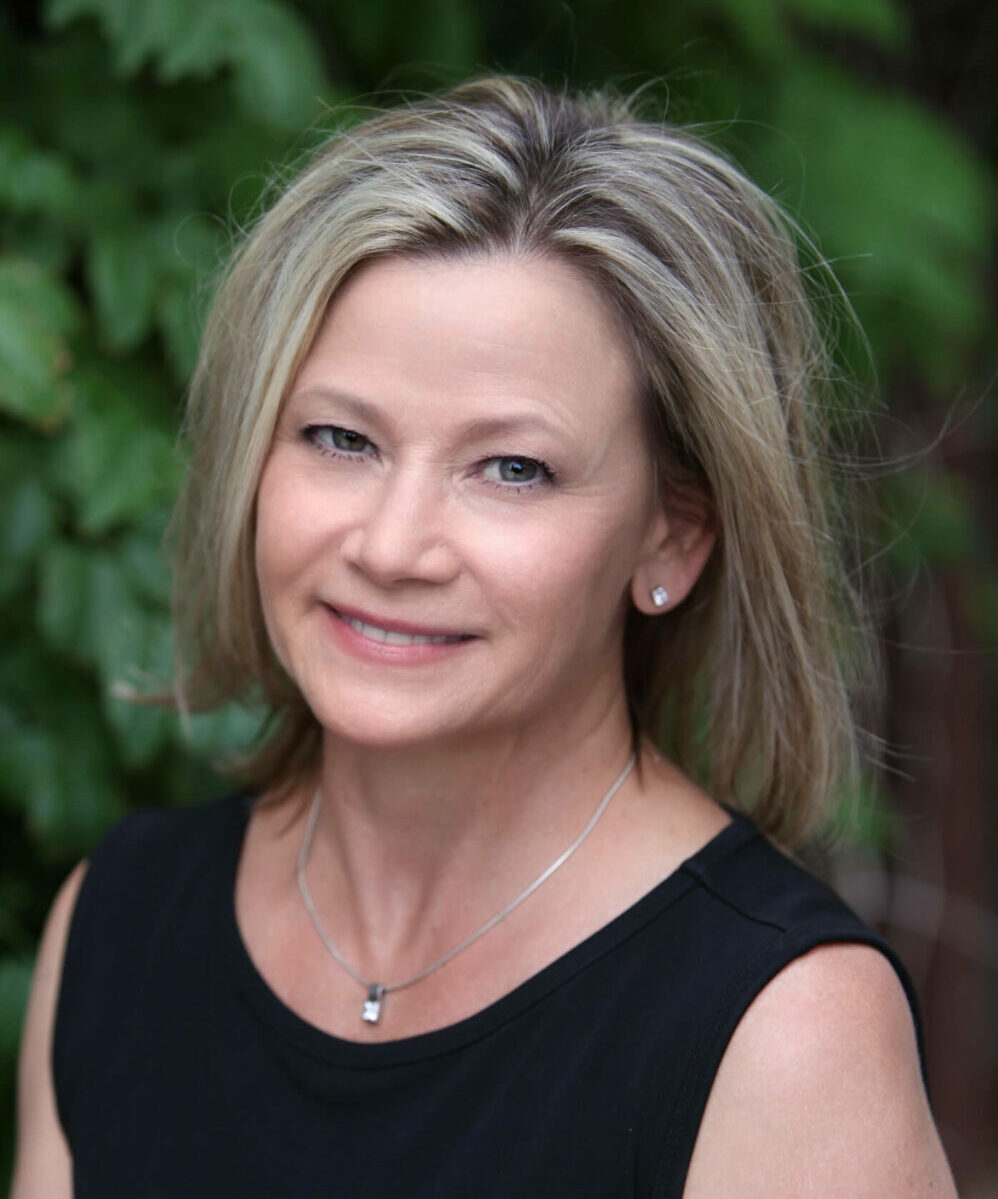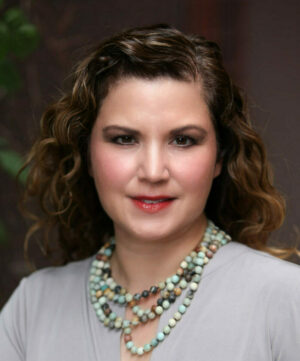Dry Eye Syndrome

What is dry eye disease?
Our ophthalmologists want you to be educated about Dry Eye Disease. Dry eye disease can be divided into two major categories: patients with poor tear production and evaporative dry eye.
Tears are a complex composition of oils, mucin, and liquids. In order for our tears to adequately lubricate the structures of our eye’s they need to have the correct saltiness (osmolality), liquid, mucin and oily component. If any of these are not in the correct proportion, we may experience symptoms of dry eye disease.
What are the symptoms?
- Dryness
- Grittiness or scratchiness
- Contact lens discomfort
- Redness
- Fluctuating vision
- Soreness or irritation
- Burning or watering
- Eye fatigue
- Light sensitivity
What are my treatment options?
Over-The-Counter Artificial Tears
Patients who have been diagnosed with poor tear production can be treated in a variety of ways. For patients with relatively mild dry eyes, the use of artificial tears can often relieve their symptoms. There are a variety of artificial tears that your doctor can prescribe, all of them are over-the-counter.
These can be used as infrequently as once or twice a day to as frequently as every half-hour and more often. For patients who are allergic to the preservatives in some artificial tears and for those who will be using it frequently, your doctor may prescribe preservative free artificial tears.
Punctal Plugs
In addition to doing the above, your doctor may suggest occluding the tear drainage canals, punctum, in order to allow the tears you produce to linger on your eye longer instead of being drained away. There are several techniques used to occlude the punctum: some temporary and some permanent. What is best for you should be discussed with your doctor.
Autologous Serum Tears
For those patients who have moderate to severe dry eyes associated with poor tear production there is medication that can be used, such as Restasis, that has been shown to help restore tear production. In addition some patients have found relief in the use of autologous serum tears. Ask your doctor which treatment or combination of treatments is right for you.
TearScience Lipiflow
Omni Eye Specialists is the first center in Colorado, Nebraska, Wyoming and New Mexico to offer our patients the groundbreaking technology of Lipiflow dry eye treatment. Lipiflow is a procedure that has been shown to help moderate to severe dry eye patients achieve long term relief from their symptoms.
It is a 12-minute procedure that is done in our offices. A thermal pulsator is placed along the upper and lower lid of each eye. This instrument directs heat to the oil producing glands of the lids and gently massages the oil glands to allow the dried oil to be expressed. In the majority of cases, significant clinical relief is achieved that last from nine to in excess of thirty-six months.
However in order to appropriately screen those patients with the greatest opportunity of achieving these results, a comprehensive dry eye evaluation is done in our office. The oil glands are evaluated. The tear osmolality is determined. The lids and cornea are examined for disease that may contribute to the underlying dry eye disease. An instrument called a tear layer interferometer, or LipiView, is used to determine the frequency and completeness of the patient’s blink as well as the depth of the tear oil level. If it is determined that you are a candidate the procedure is scheduled. See Frequently Asked Questions below for information on what you can expect post-procedure.
Frequently Asked Questions
How do I find out if what I have is evaporative dry eye?
Your doctor can conduct a series of evaluations and determine whether or not Meibomian Gland Dysfunction and Evaporative Dry Eye are contributing to your chronic dry eye.
If I have evaporative dry eye, what can I do about it?
In the past, the doctor may have sent you home and asked you to apply warm washcloths to your eye every day. You can still do so and continue omega supplements and drops. But, today you also have the option of using the LipiFlow Thermal Pulsation System, your doctor can address a leading cause of Evaporative Dry Eye during a single, in-office treatment.
Does it hurt?
In a clinical study, the average discomfort/pain score during treatment on a scale of 1-10 was 1.4 – 1.4, which equates to awareness of heat and pressure without pain. For further information, talk to your doctor.
How long does the treatment take?
Prepare to be at the physician’s office for about an hour. The treatment is roughly 12 minutes per eye, but both eyes are usually done at the same time.
Will Lipiflow provide permanent relief?
Evaporative Dry Eye is a chronic disease and no known treatment is completely permanent. Sustained relief from LipiFlow is a function of numerous factors including: how long you have had the disease, your age, physiology and general health, and whether you continue to engage in activities that exacerbate the problem (such as staring at a computer screen for long periods of time). Typically Lipiflow provides significant relief for nine to in excess of 36 months.
What are the post-operative expectations of tearscience Lipiflow?
The procedure for the majority of the patients is pain free. In fact some patients call it relaxing. You may feel some scratchiness or pressure on your lids for about 24 hours. Antibiotics and steroid drops may be prescribed for a short duration after the procedure. If you are not already on non-ester based Omega-3 supplements, they will be prescribed. Relief is not immediate. Most dry eye patients have had this disease for years.
By one month’s end you should notice significant relief. You will be seen by your doctor at the one month visit. Most patients will notice relief from their symptoms that lasts from nine to twelve months. Dry eye disease is a chronic condition. Like all chronic conditions, the symptoms and the causes are addressed, but not cured in the traditional sense. The procedure may need to be repeated if and when symptoms recur. This is typically sometime between nine and excess of 36 months.
Is dry eye a common problem? What are the possible causes?
Evaporative Dry Eye affects as many as 100 million people throughout the world. It is estimated up to 40 million people in the United States suffer from mild to severe dry eye. Symptoms are the result of many things, including age, hormones, lifestyle and medications for other ailments. The most common cause of dry eye is lack of oil from the glands in the eyelids. This oil protects the tear film and prevents premature evaporation.





